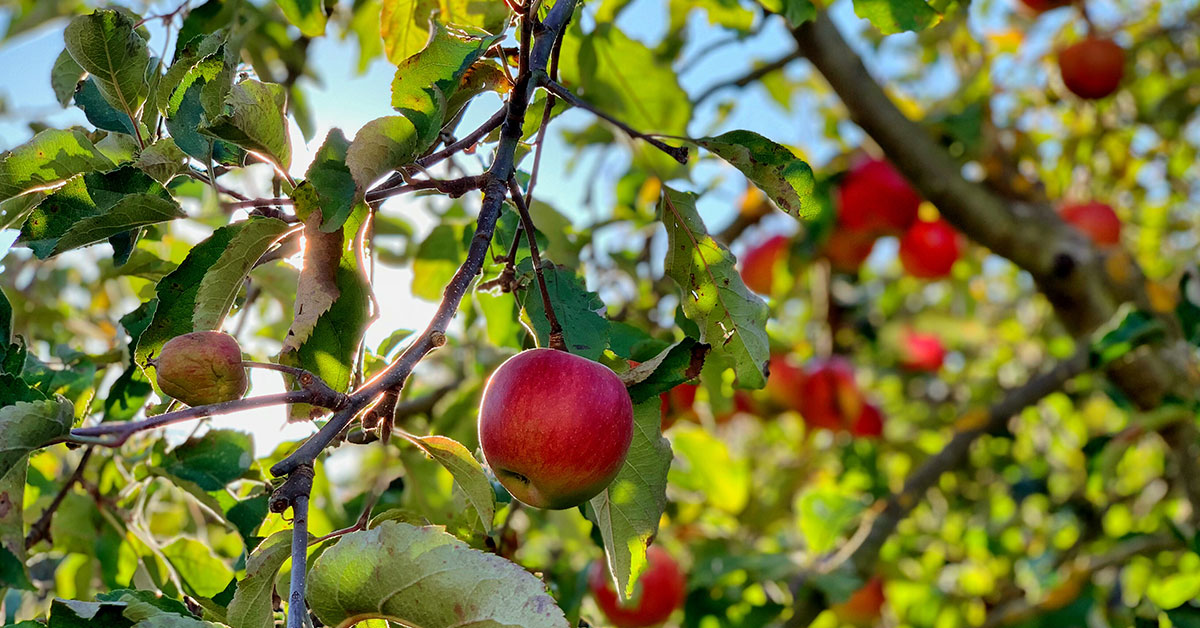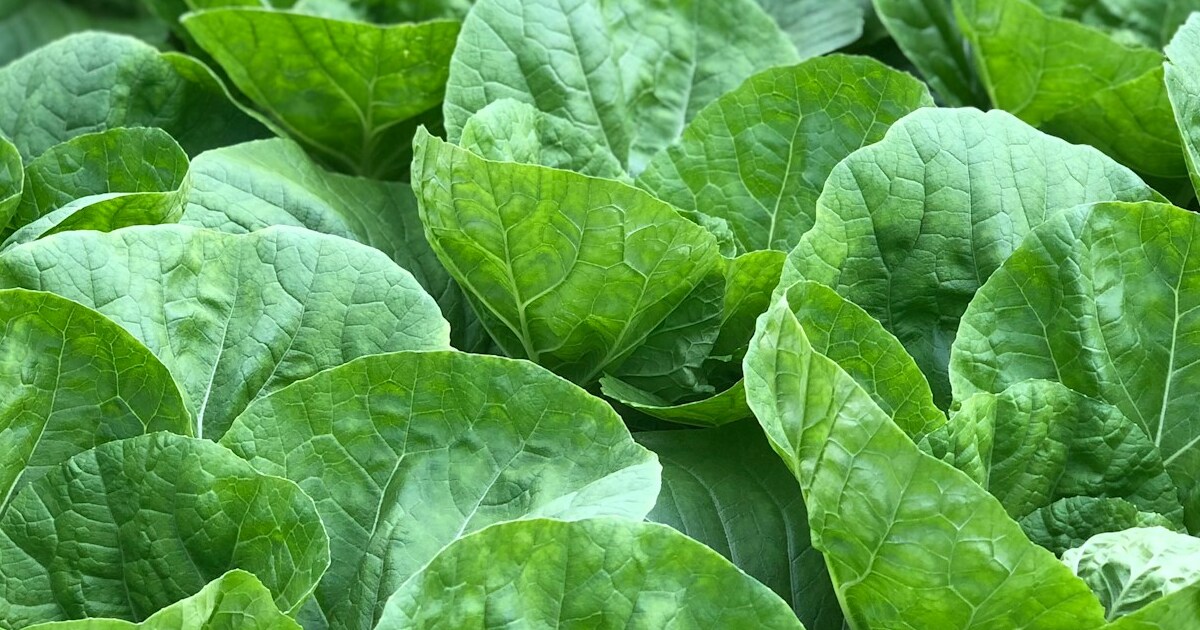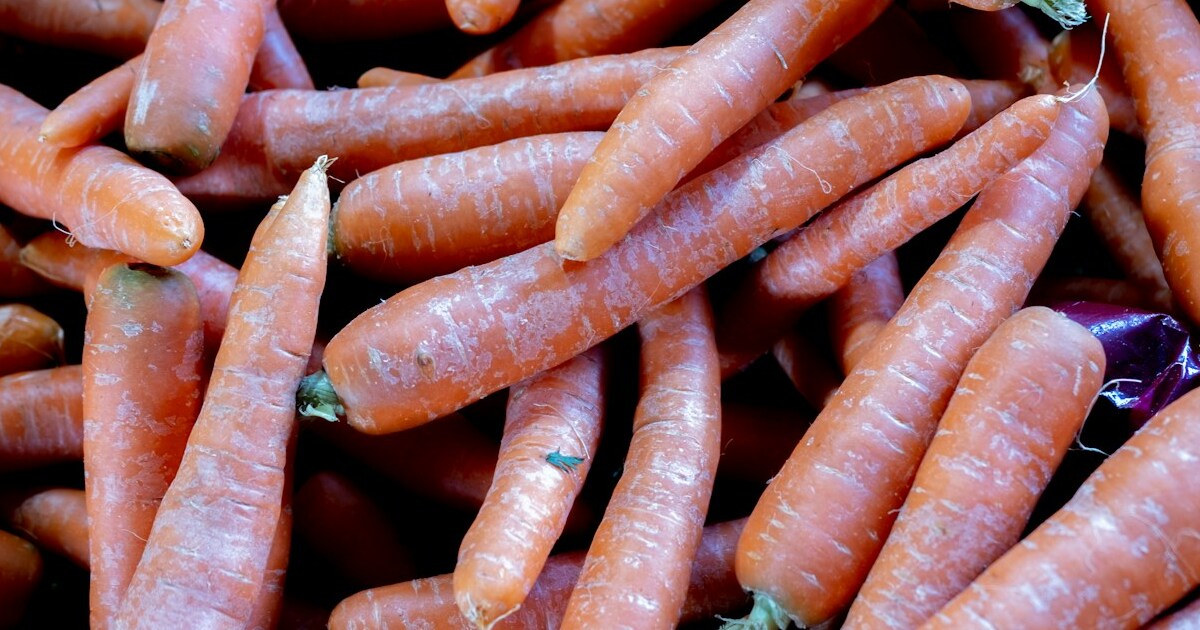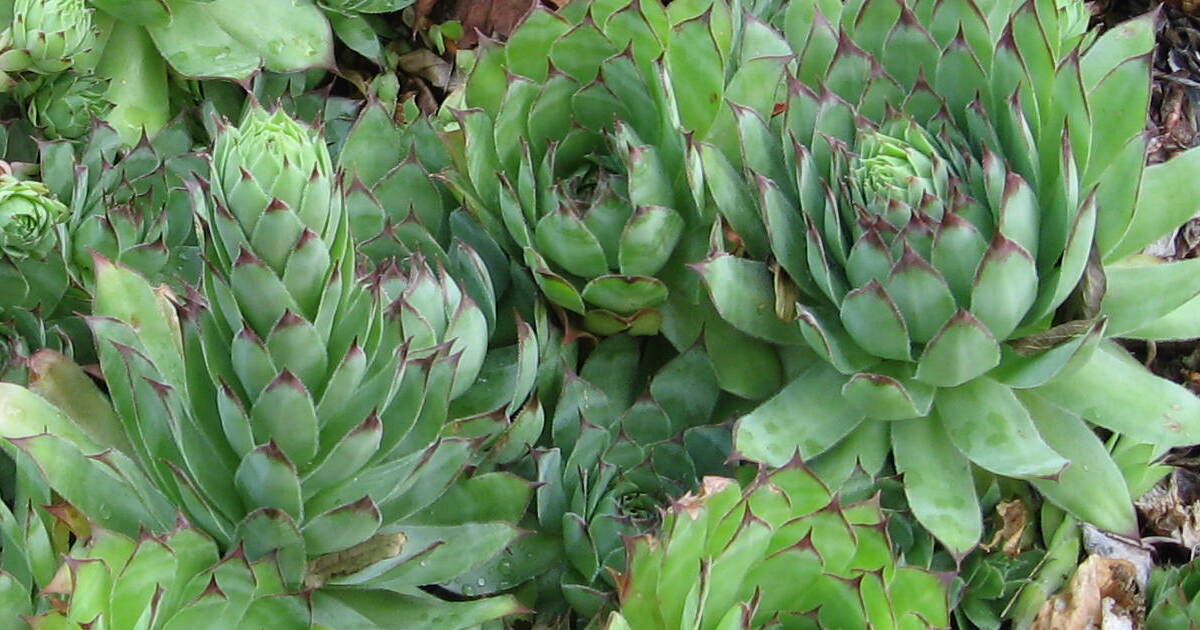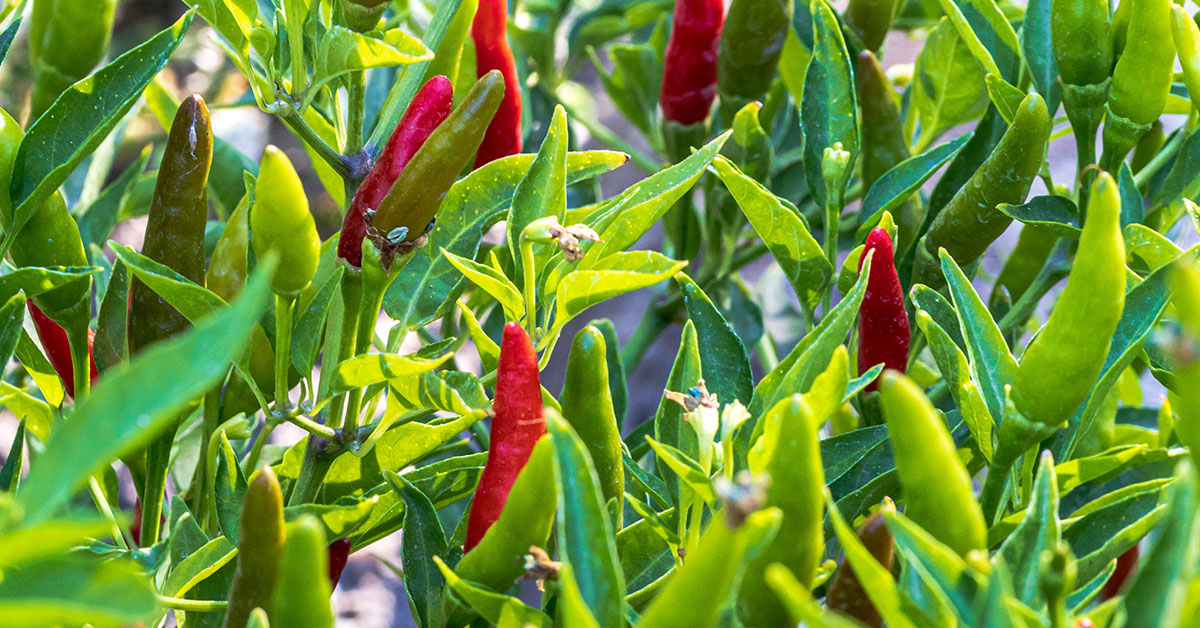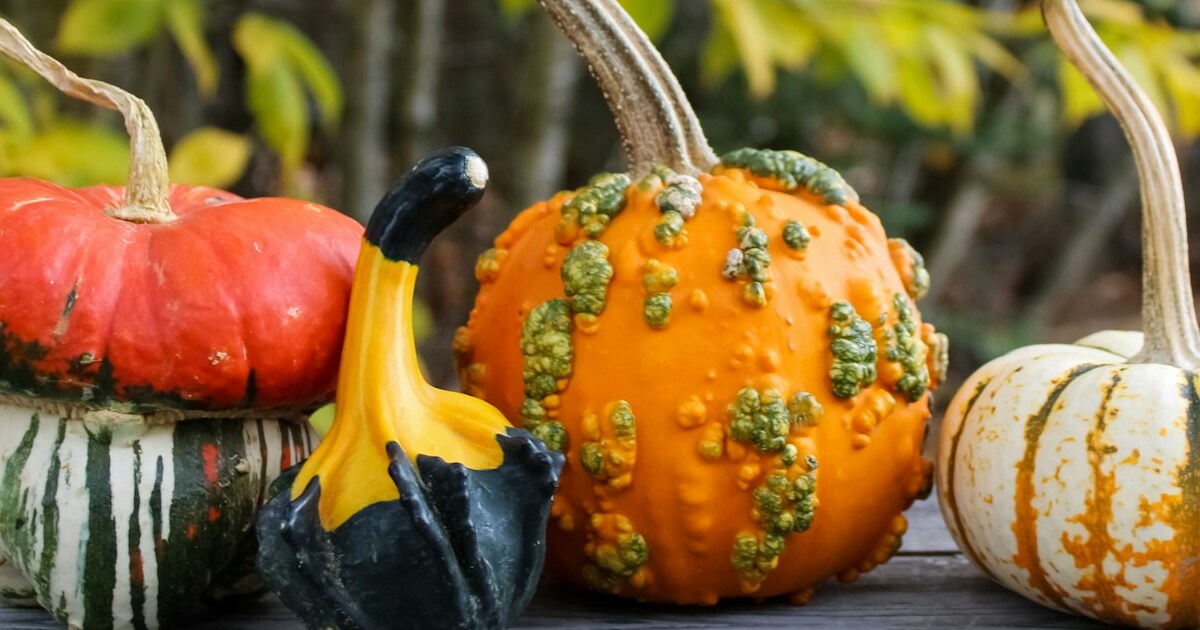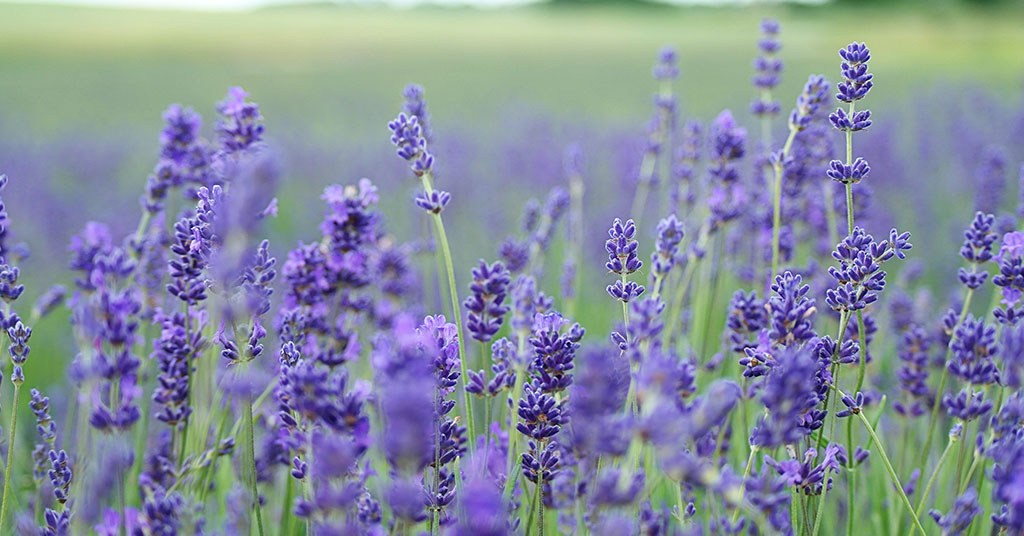Welcome to our comprehensive guide on the best fruit trees to grow in Washington! Known for its diverse climate and fertile soil, Washington offers an ideal environment for cultivating a wide variety of fruit trees. Whether you are an experienced gardener or a novice looking to start your own orchard, this article will provide you with valuable insights and recommendations on the fruit trees that thrive in the unique conditions of the Evergreen State.
From iconic apple trees to lesser-known but equally delicious options, we will explore the best fruit trees that will not only flourish in Washington but also reward you with an abundance of flavorful and nutritious fruits. So, let’s dive in and discover the perfect fruit trees to enhance your garden and delight your taste buds in Washington!
The best fruit trees to grow in Washington
The Pacific Northwest region, including Washington, offers a favorable climate for growing a variety of fruit trees.
However, **apple trees** are undoubtedly the best fruit trees to grow in Washington. With their ability to thrive in the cool, moist climate, apple trees have become synonymous with the state’s agricultural heritage. Washington is the largest apple-producing state in the United States, and its rich soil and moderate temperatures make it an ideal location for cultivating these delicious fruits.
In addition to apple trees, cherry trees are another excellent choice for Washington gardeners. The state’s unique combination of cool winters and warm summers provides the perfect conditions for cherries to flourish. Washington is renowned for its sweet and juicy cherries, and growing your own cherry tree can provide an abundance of these delectable fruits right in your backyard.
Another fruit tree that thrives in Washington is the pear tree. Pears are well-suited to the state’s climate, and many varieties are known to produce exceptional fruit in Washington’s orchards. From the classic Bartlett pear to the flavorful Anjou and Comice varieties, growing pear trees can be a rewarding experience for gardeners in the region.
For those seeking a more unique fruit tree, plum trees can be an excellent choice for Washington gardens. Plums are known for their versatility and adaptability to various climates, including the Pacific Northwest. With proper care and attention, plum trees can yield an abundance of juicy and flavorful fruits that are perfect for eating fresh or using in jams, jellies, and desserts.
Lastly, peach trees can also be successfully grown in certain areas of Washington. While they require a bit more attention and protection from frost, some regions in the state offer the right conditions for peach trees to thrive. The warm summers and well-drained soil in these areas contribute to the successful cultivation of these luscious fruits.
When selecting fruit trees for your Washington garden, it is essential to consider factors such as the specific microclimate of your area, soil conditions, and the tree’s chilling requirements. Consulting with local nurseries or agricultural extension services can provide valuable insights into the best fruit tree varieties for your specific location.
Avoid growing these fruit trees in Washington
When it comes to growing fruit trees in Washington, there are a few varieties that should be avoided due to the region’s specific climate and growing conditions. While Washington is known for its thriving fruit industry, not all fruit trees thrive equally well in this state. Here are a few fruit trees that should be avoided when planning your orchard in Washington:
- Citrus Trees: Citrus trees, such as oranges, lemons, and grapefruits, are not suitable for Washington’s climate. These trees require warm temperatures and a longer growing season than what Washington can provide. The cold winters and cool summers make it challenging for citrus trees to survive and produce fruit.
- Avocado Trees: Avocado trees are another type of fruit tree that should be avoided in Washington. These trees are native to warmer regions and require a consistently mild climate. The cold temperatures and frosty winters in Washington can severely damage or even kill avocado trees.
- Mango Trees: Mango trees are tropical plants that require high temperatures and humidity to thrive. Unfortunately, Washington’s climate does not provide the necessary conditions for mango trees to grow successfully. The cold winters and relatively short growing season make it nearly impossible for mango trees to bear fruit in this region.
- Pineapple Trees: Pineapple trees are not suitable for Washington’s climate due to their tropical nature. These trees require warm temperatures and a long growing season, which Washington cannot provide. Growing pineapples outdoors in this region is impractical, and it is best to enjoy them as a tropical treat from the grocery store.
While these fruit trees should be avoided in Washington, there are numerous other options that are well-suited to the state’s climate and growing conditions. By selecting the right fruit trees for your orchard, you can enjoy a bountiful harvest and create a thriving garden in Washington.
Fruit tree growing tips for Washington
Growing fruit trees in Washington can be a rewarding experience, as the climate and soil conditions are favorable for many varieties. Here are some tips and best practices to help you successfully grow the best fruit trees in Washington:
- Choose the right varieties: Select fruit tree varieties that are known to thrive in Washington’s climate. Some of the best fruit trees to grow in Washington include apple trees (such as Honeycrisp, Gala, and Granny Smith), cherry trees (such as Bing and Rainier), pear trees (such as Bartlett and Anjou), and plum trees (such as Italian and Santa Rosa).
- Consider chill hours: Pay attention to the chill hour requirements of the fruit tree varieties you choose. Chill hours refer to the number of hours a tree needs to be exposed to temperatures between 32°F and 45°F in order to break dormancy and produce fruit. Washington has varying chill hour requirements across different regions, so select varieties that match your specific location.
- Plant in the right location: Fruit trees thrive in well-drained soil with full sun exposure. Choose a location in your garden that receives at least 6-8 hours of direct sunlight per day. Avoid areas prone to frost pockets or strong winds, as these can damage the trees and affect fruit production.
- Provide proper spacing: Fruit trees need adequate space to grow and spread their roots. Follow the recommended spacing guidelines for each variety to ensure proper air circulation and prevent overcrowding. This will also make it easier for you to maintain and harvest the fruit.
- Prune regularly: Pruning is essential for maintaining the health and productivity of fruit trees. Prune during the dormant season (late winter or early spring) to remove dead, damaged, or crossing branches. This helps improve air circulation, sunlight penetration, and overall tree structure. Consult pruning guides specific to each fruit tree variety for best results.
- Water appropriately: Fruit trees require regular watering, especially during dry spells. Provide deep, thorough watering to encourage deep root growth. However, avoid overwatering, as it can lead to root rot. Use mulch around the base of the tree to retain moisture and suppress weed growth.
- Fertilize as needed: Fruit trees benefit from regular fertilization to ensure healthy growth and fruit production. Conduct a soil test to determine nutrient deficiencies and apply a balanced fertilizer accordingly. Follow the recommended application rates and timing for each specific fruit tree variety.
- Pest and disease management: Washington is home to various pests and diseases that can affect fruit trees. Monitor your trees regularly for signs of pests or diseases, such as aphids, codling moths, or apple scab. Implement integrated pest management strategies, including cultural practices, organic sprays, and beneficial insects, to manage these issues effectively.
- Harvest at the right time: Each fruit variety has its own optimal harvesting time. Learn about the specific signs of ripeness for the fruit trees you are growing and harvest accordingly. Proper timing ensures the best flavor and quality of the fruit.
By following these tips and best practices, you can enjoy a bountiful harvest of the best fruit trees to grow in Washington. Remember to stay informed about specific care requirements for each variety and adapt your practices accordingly. Happy gardening!


